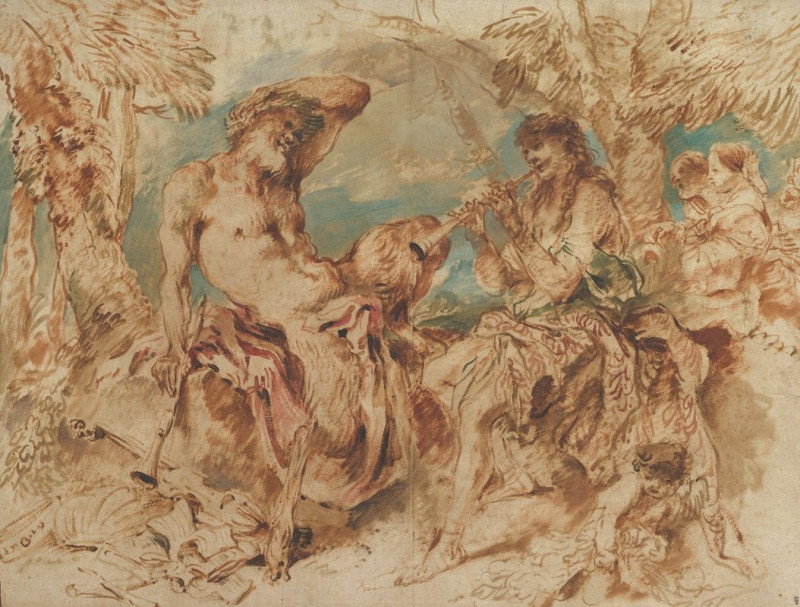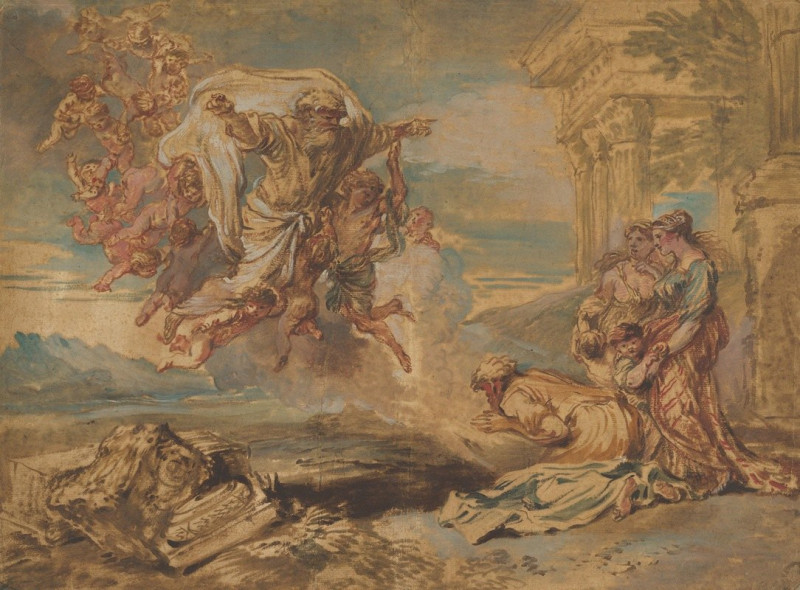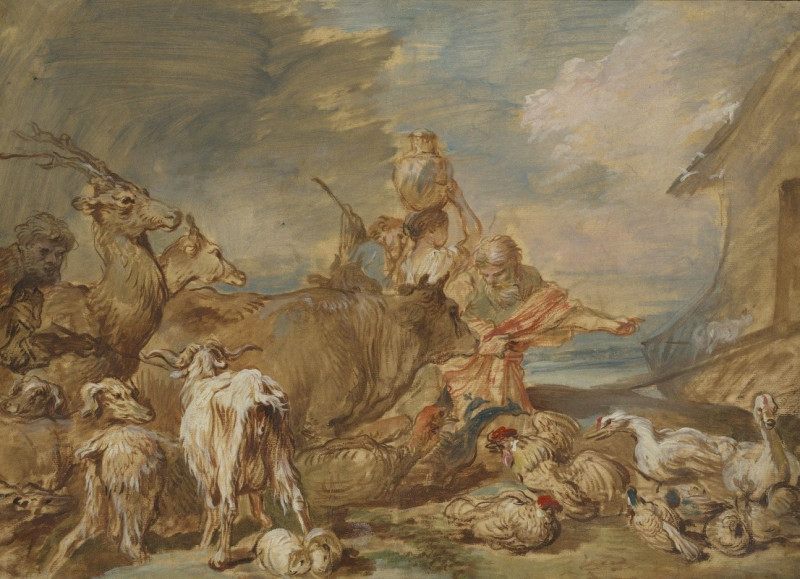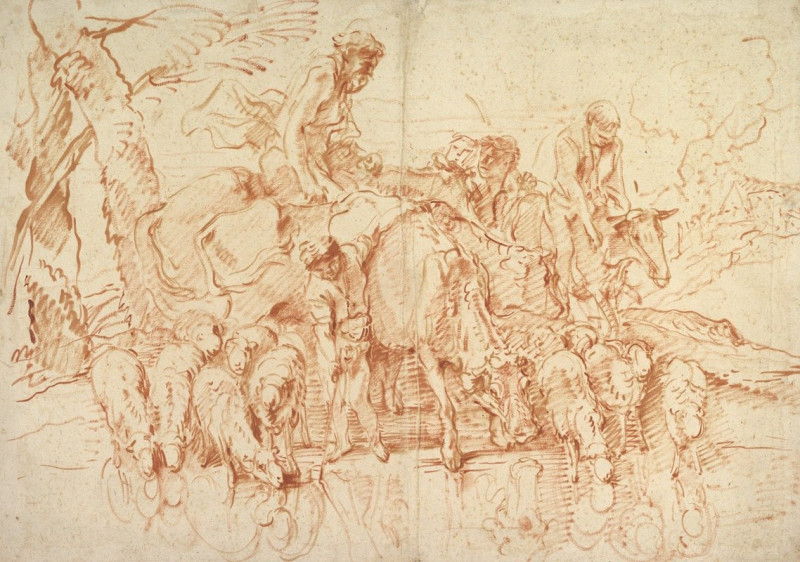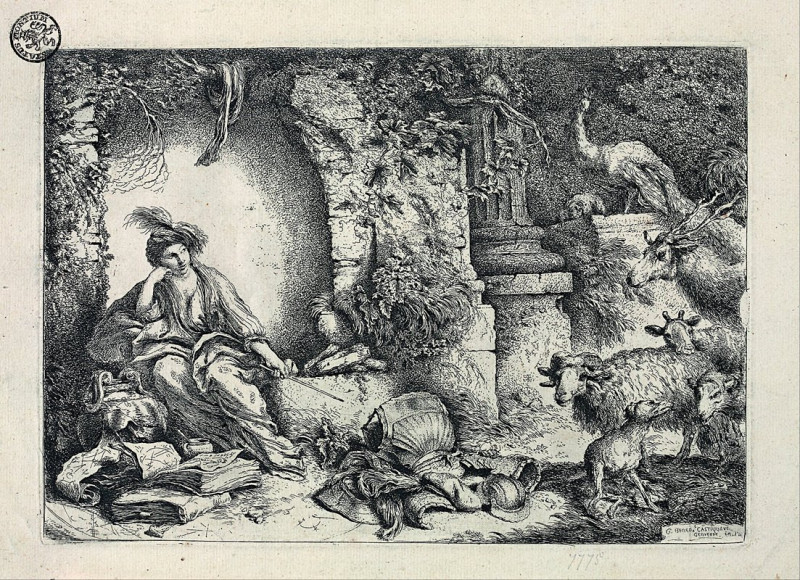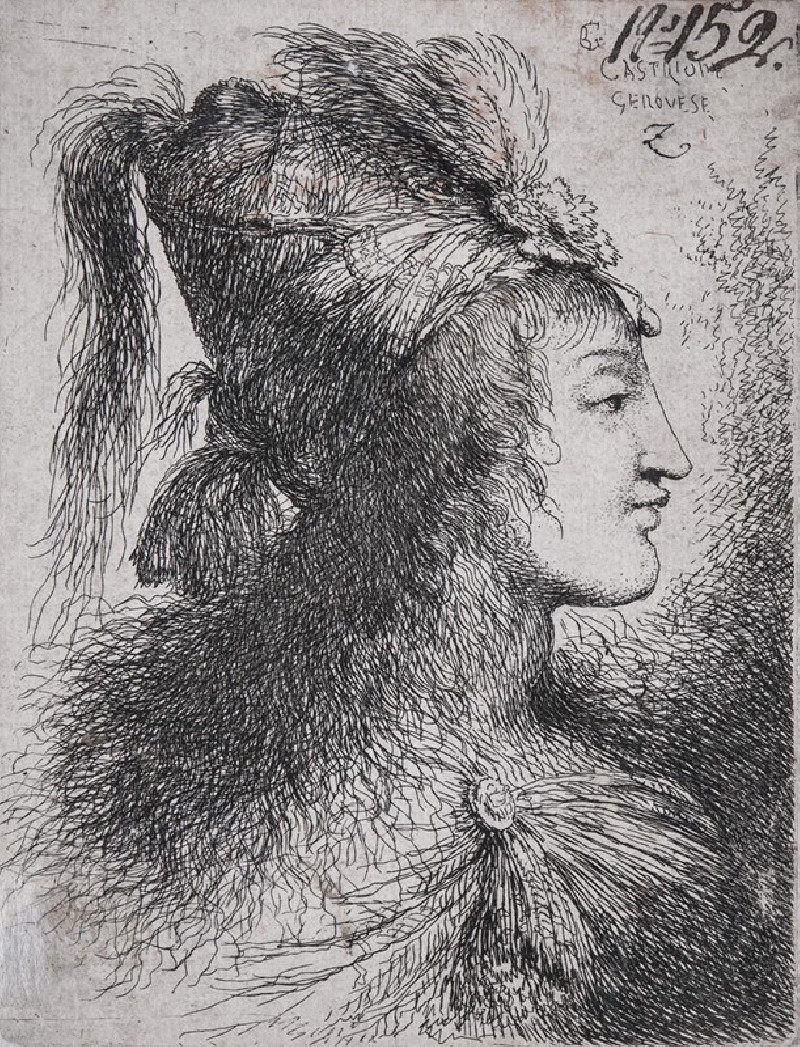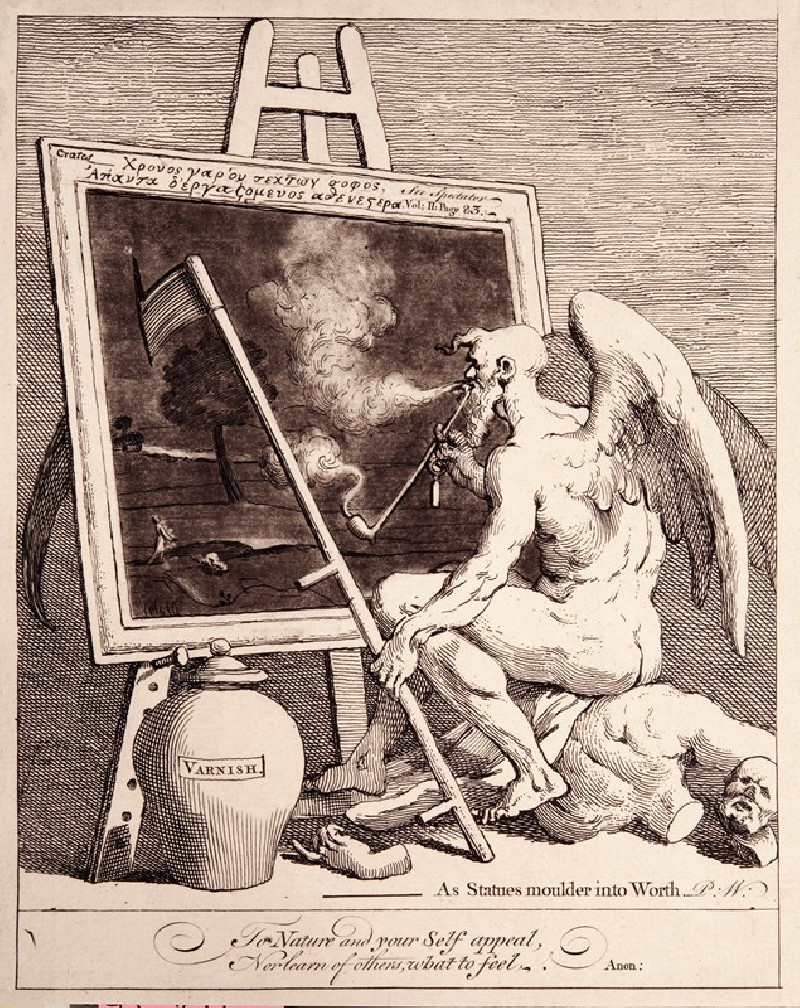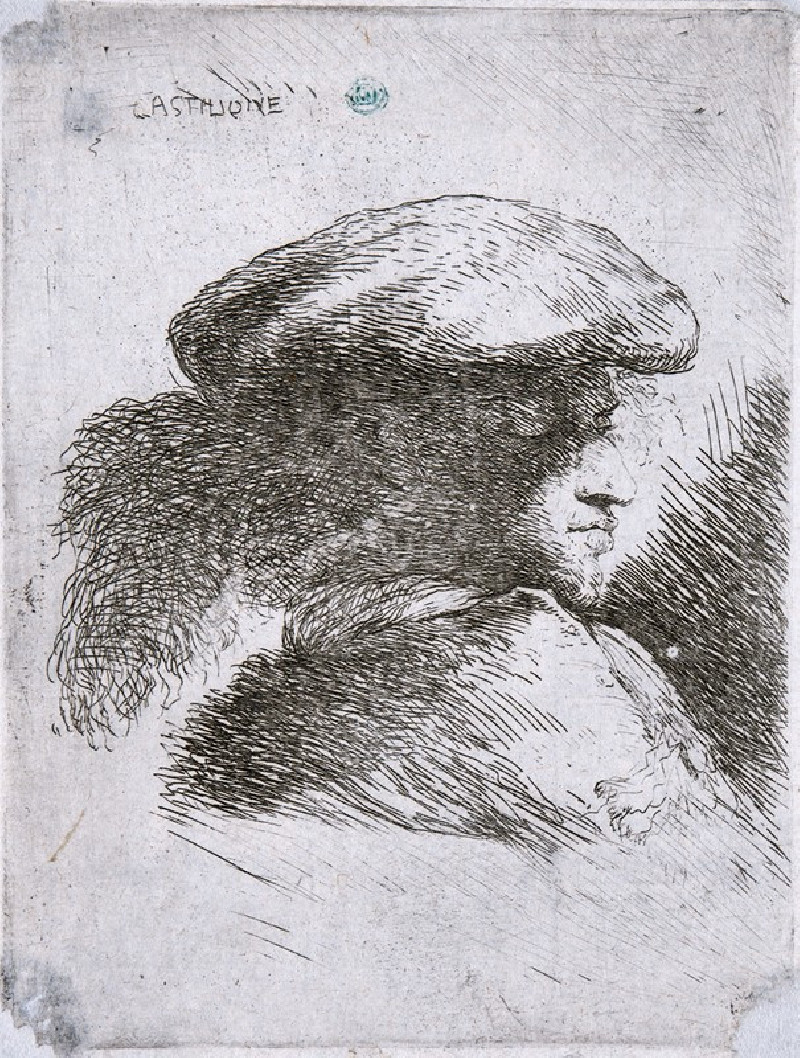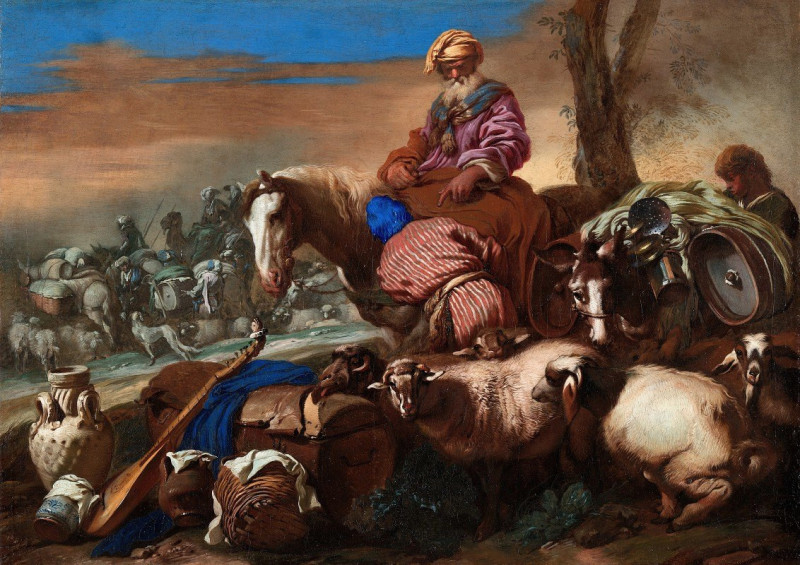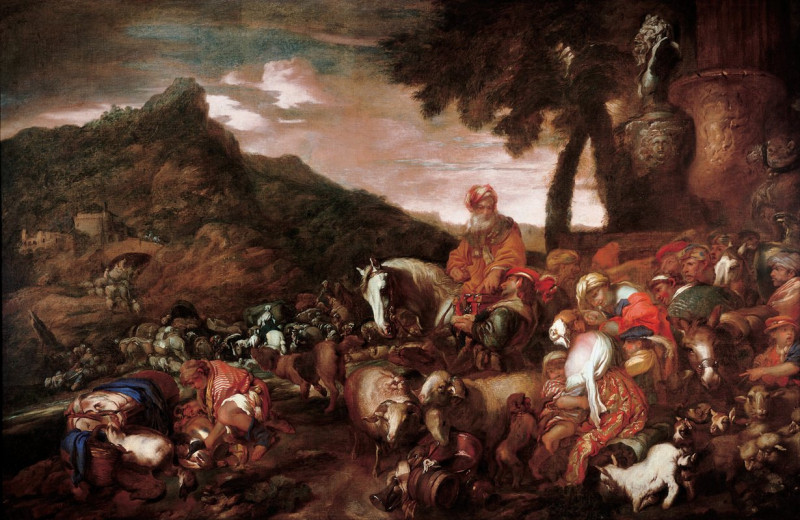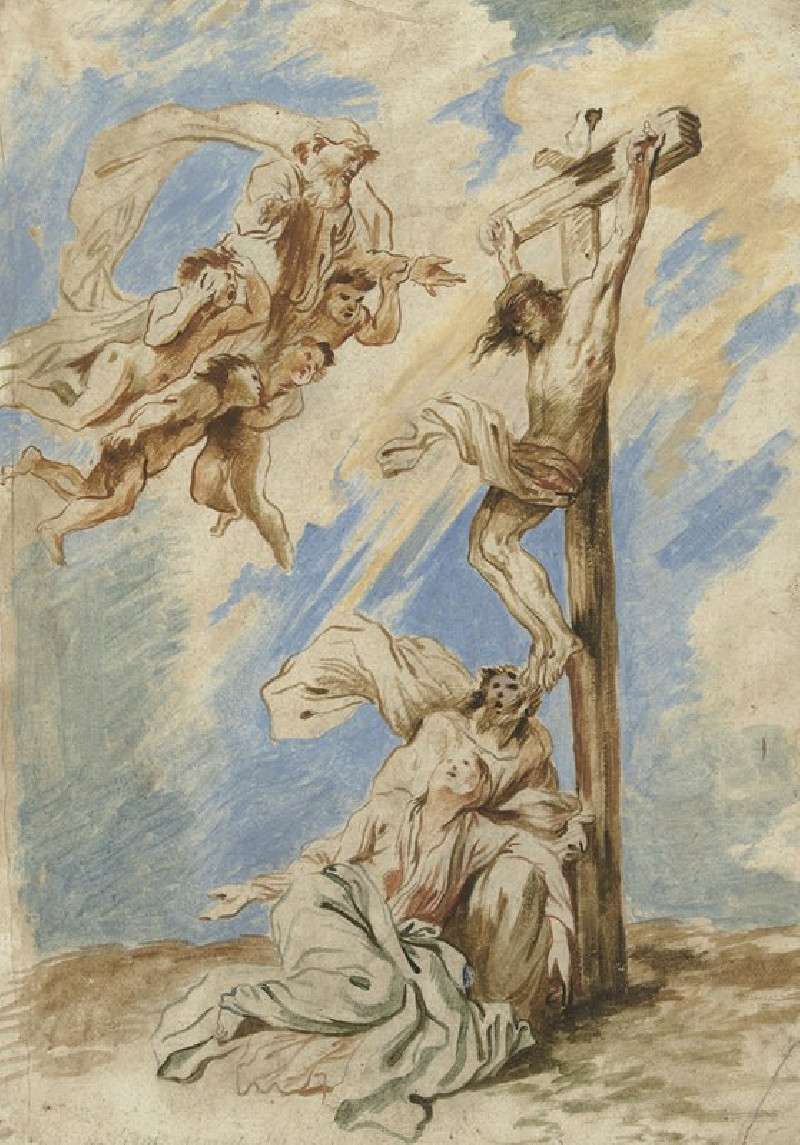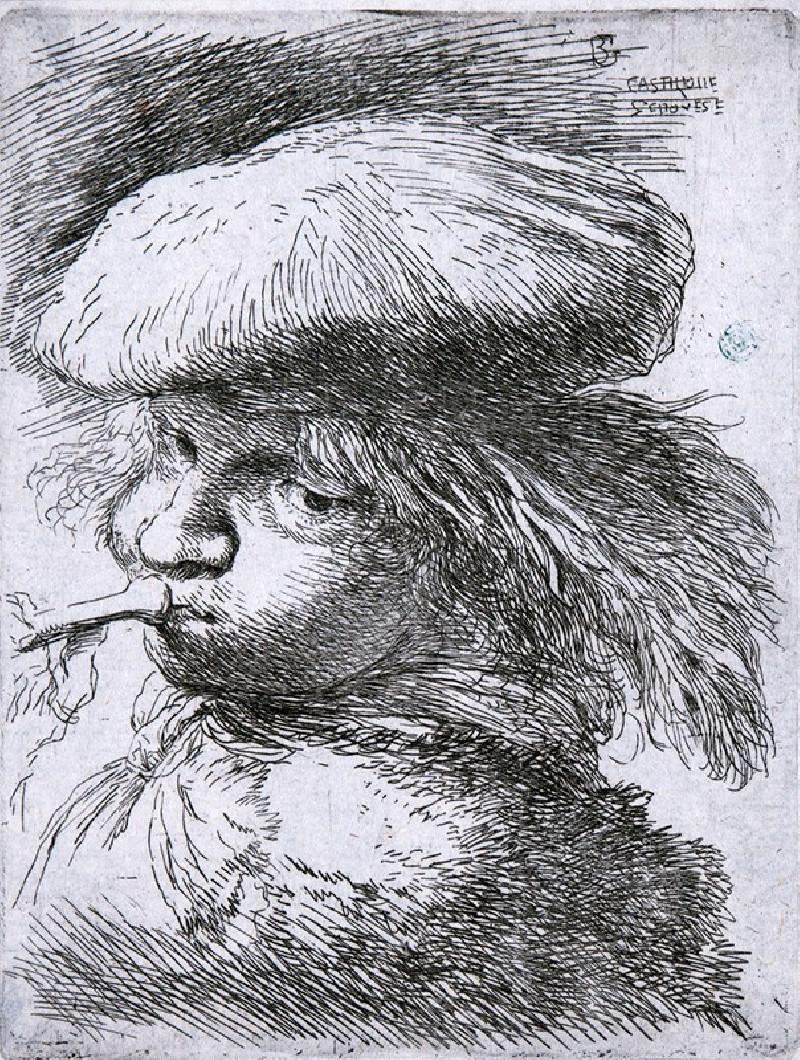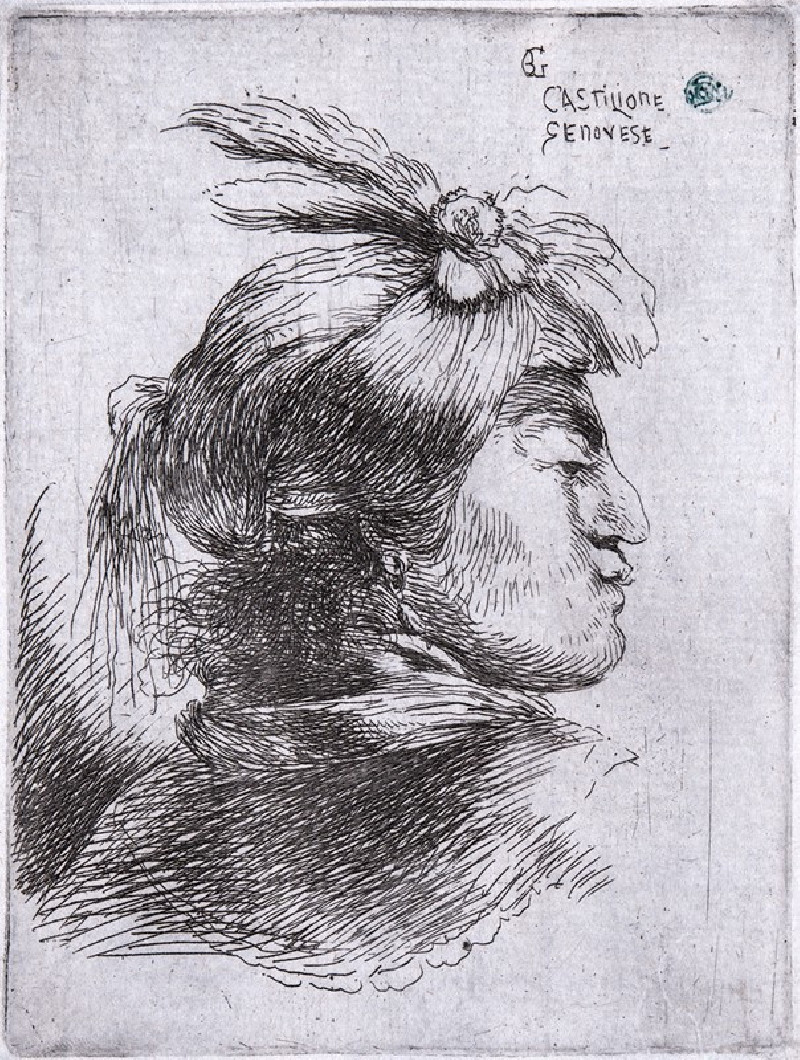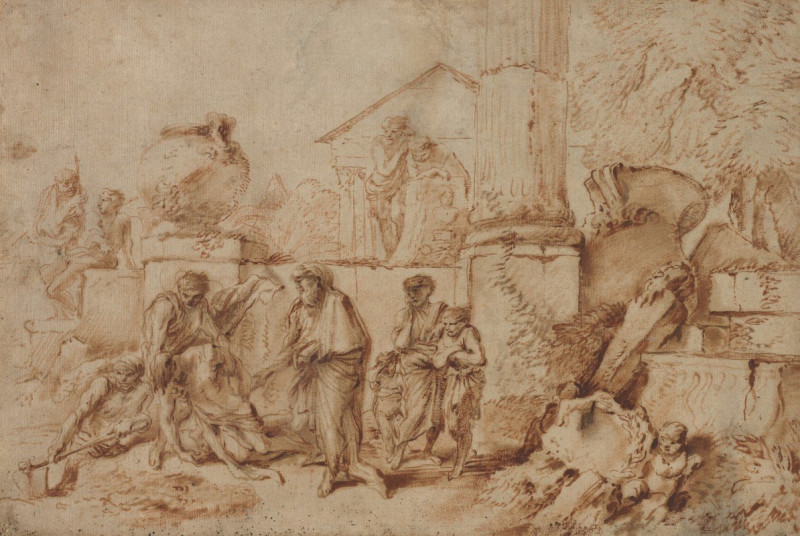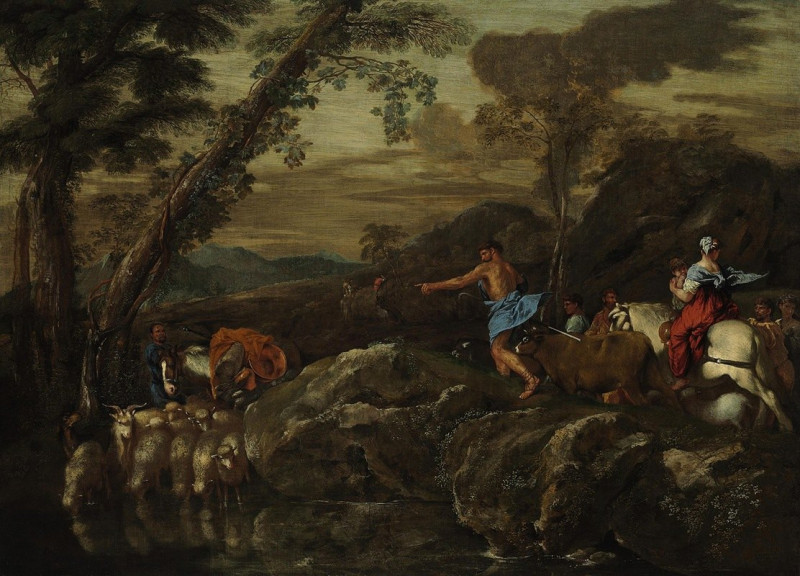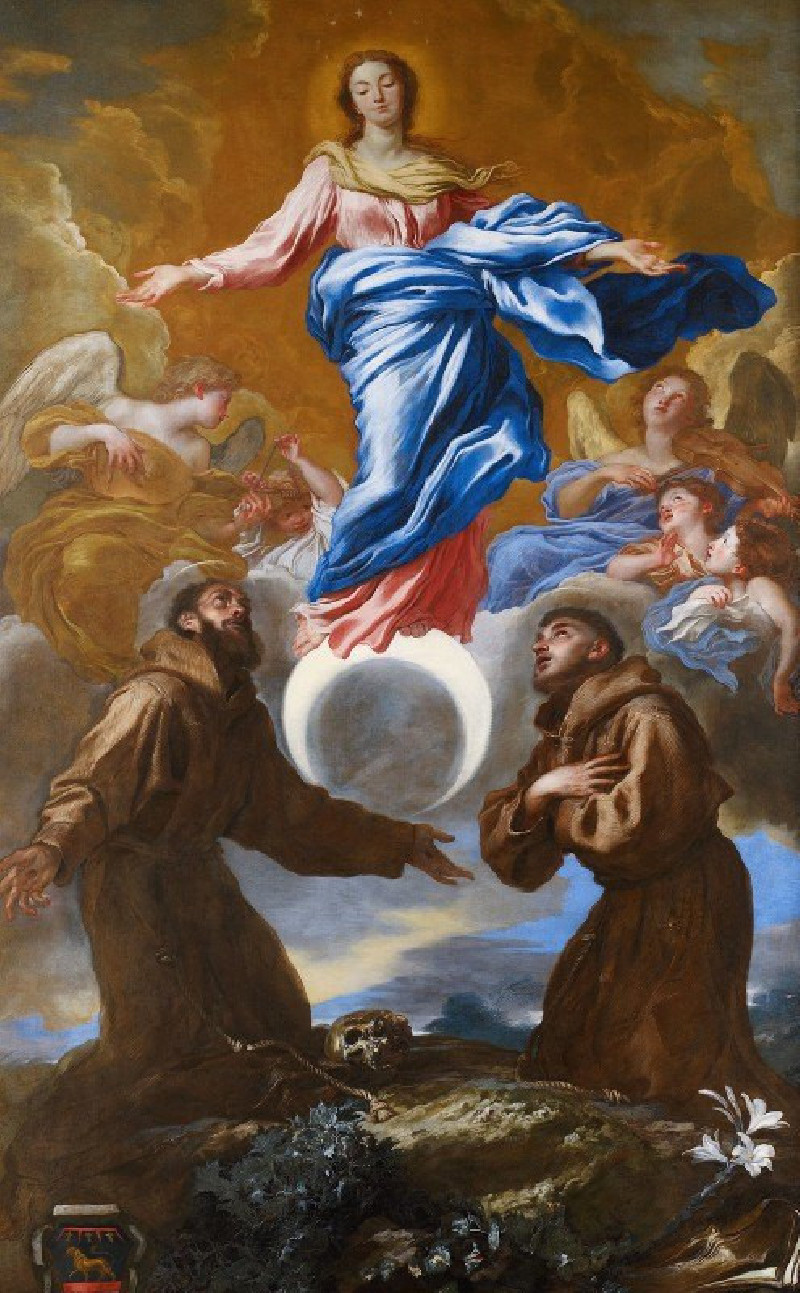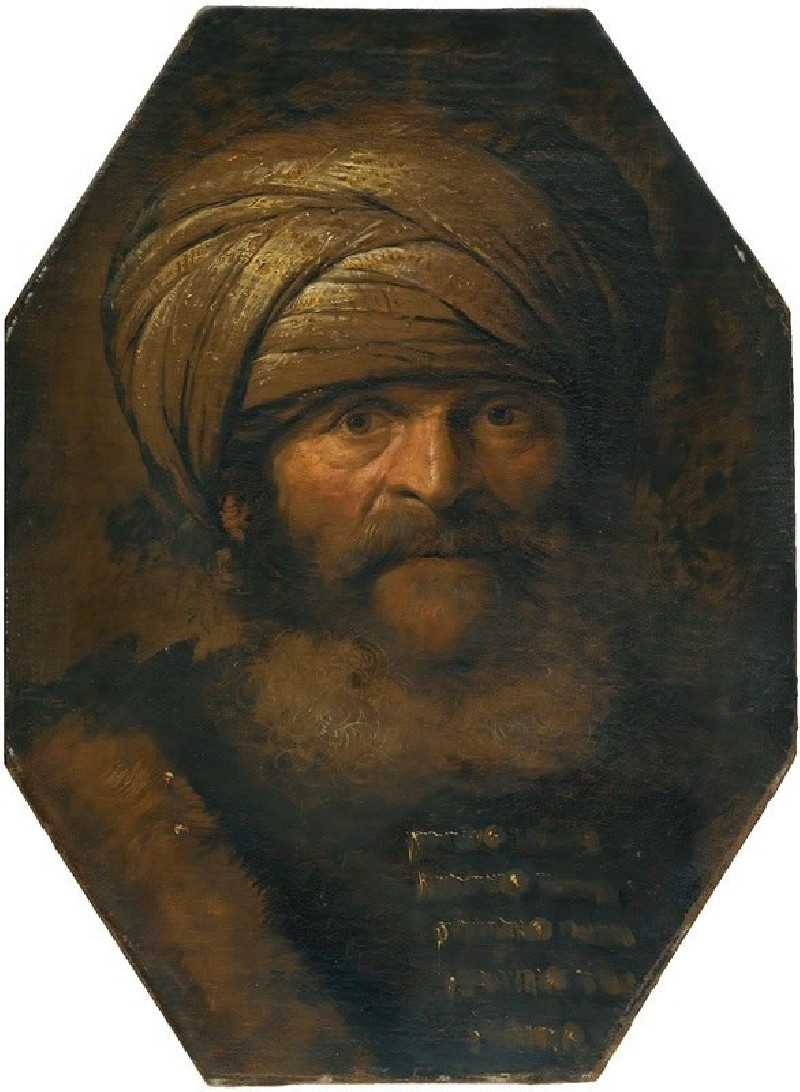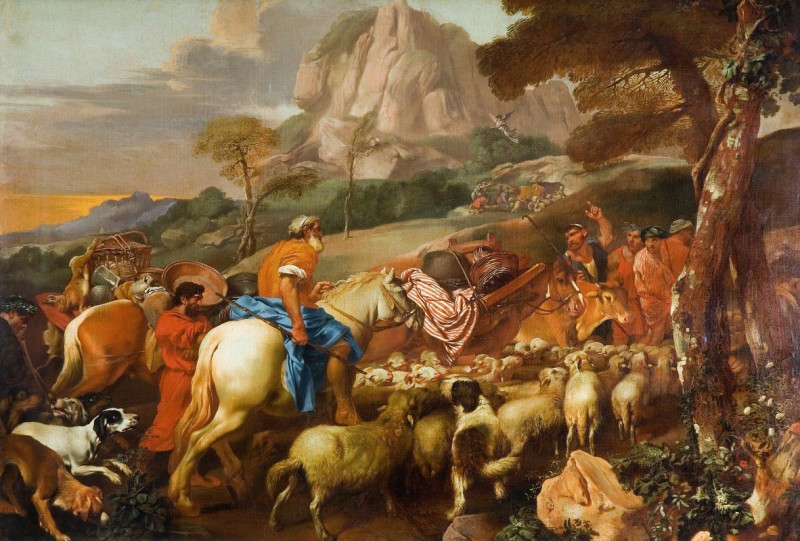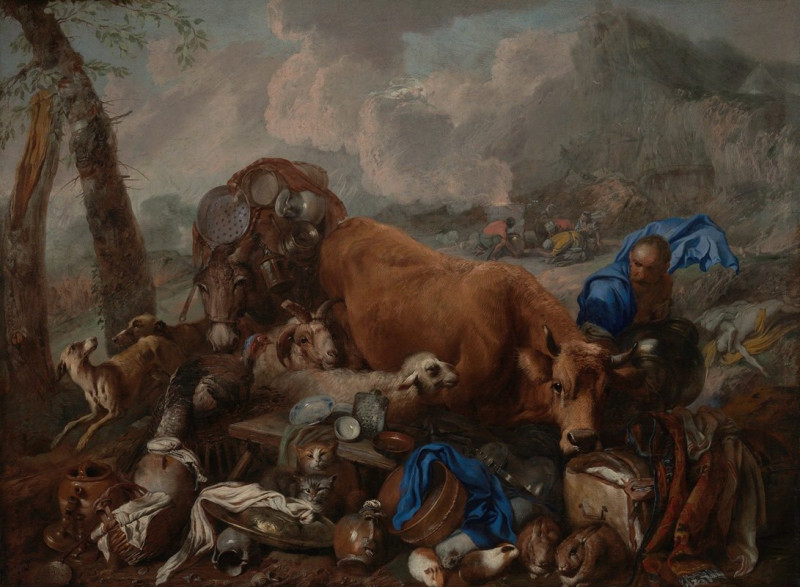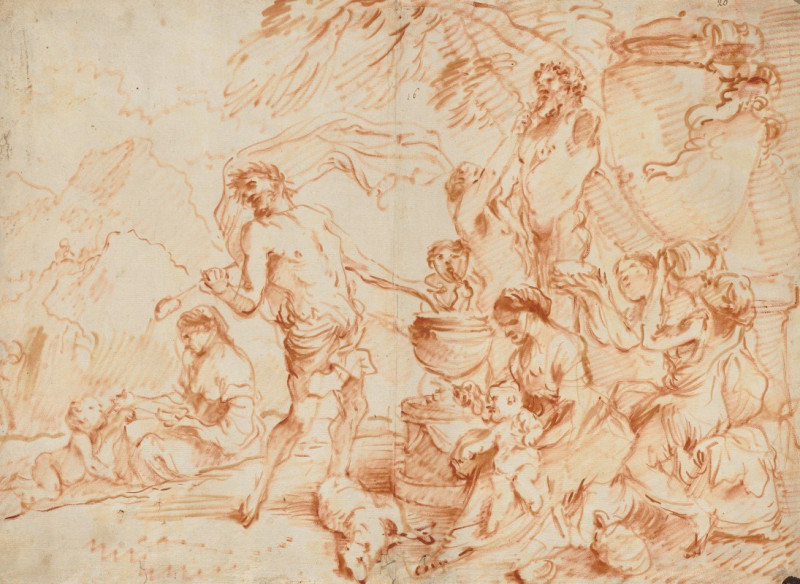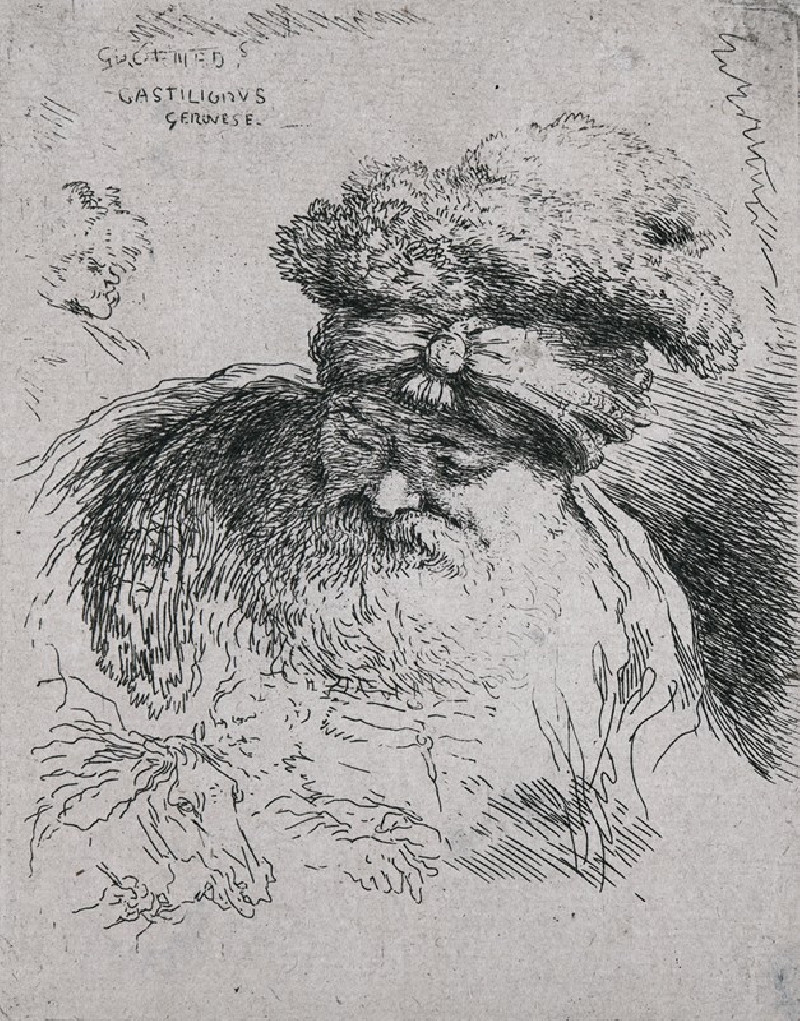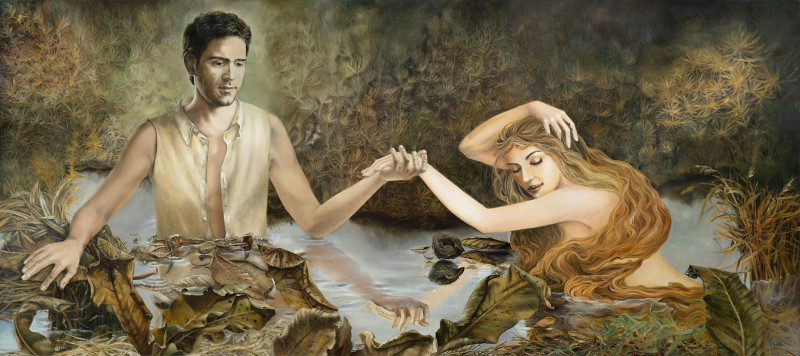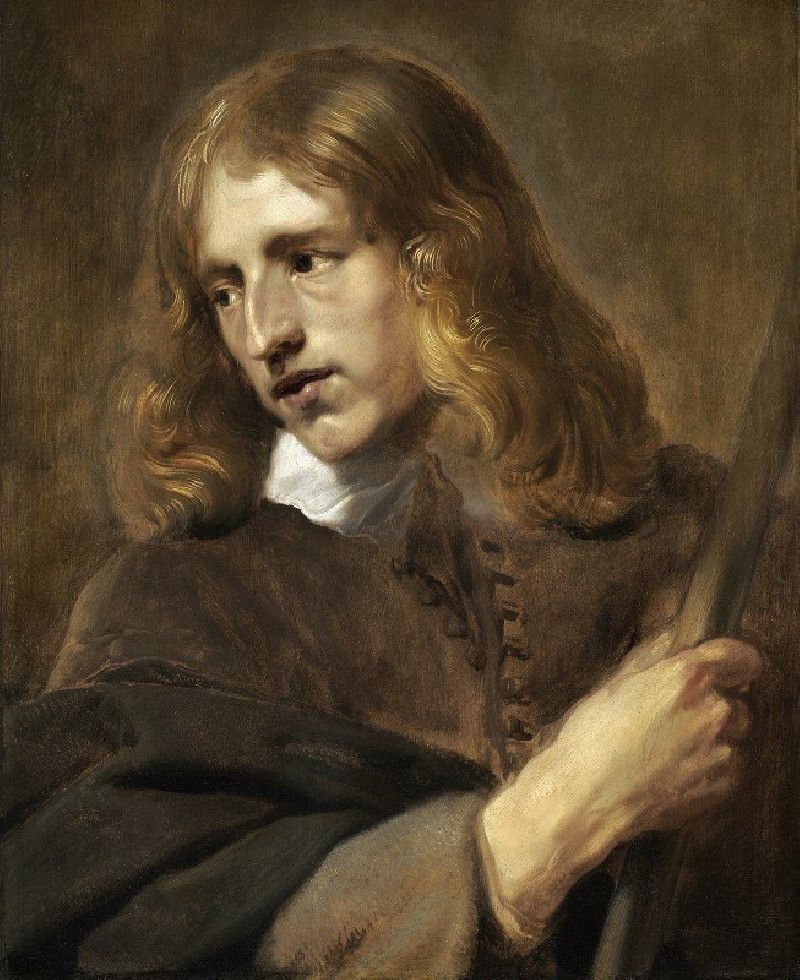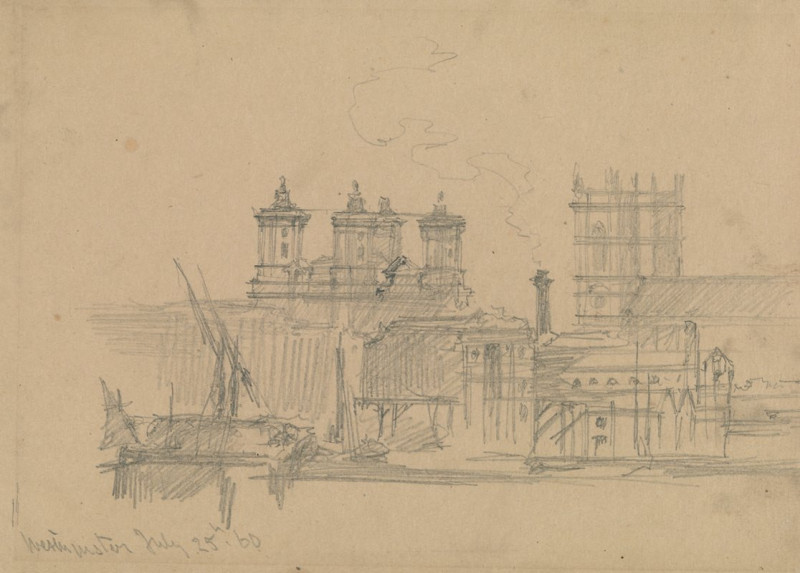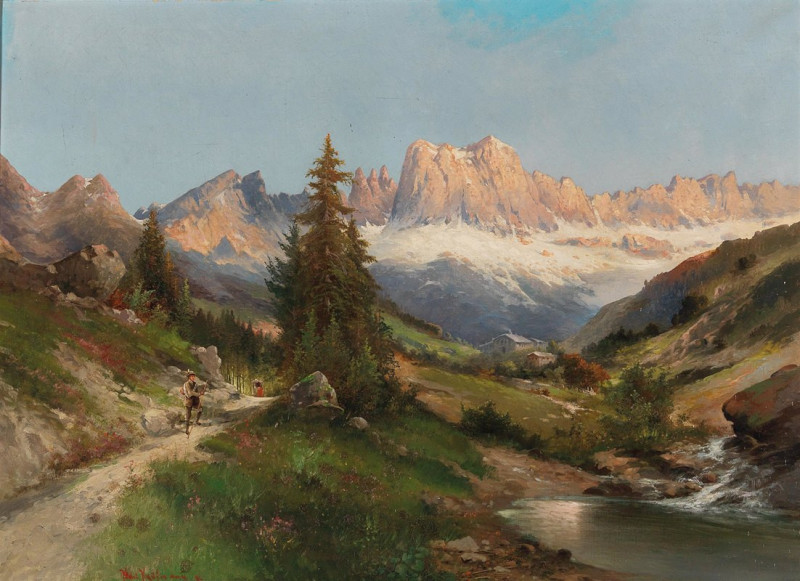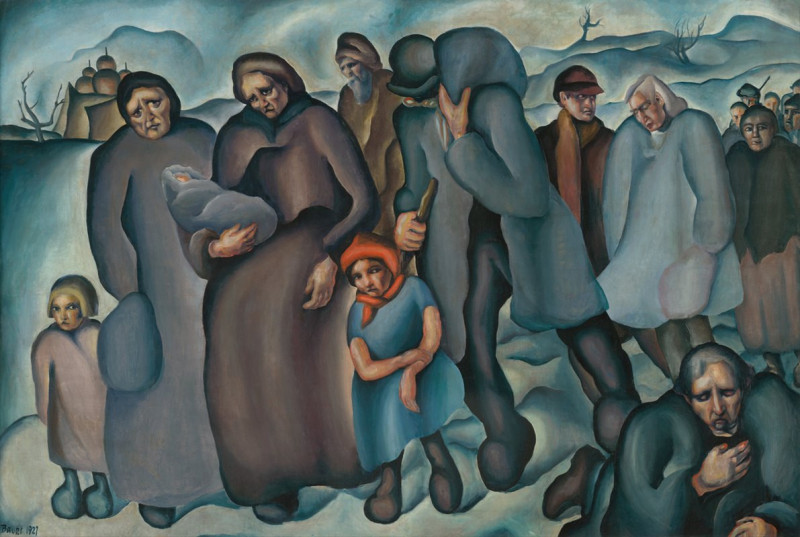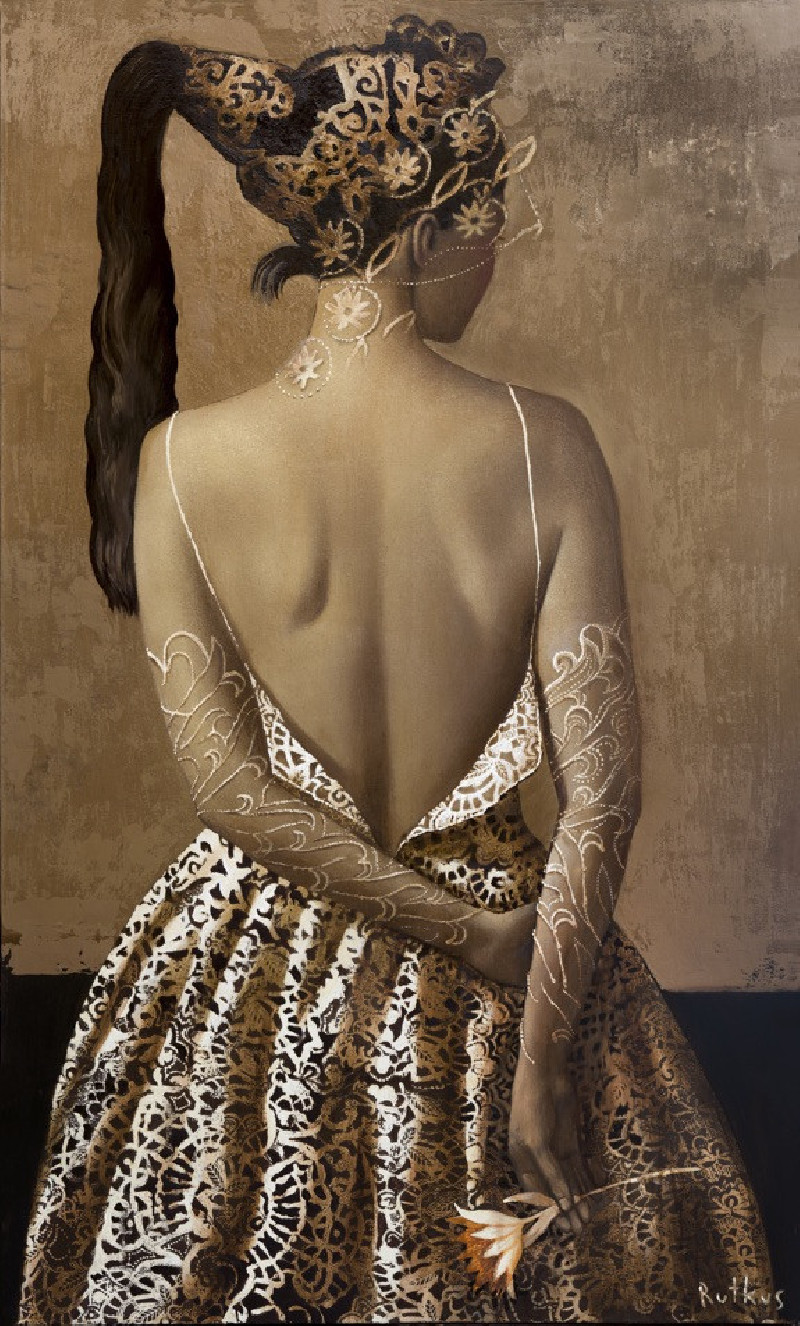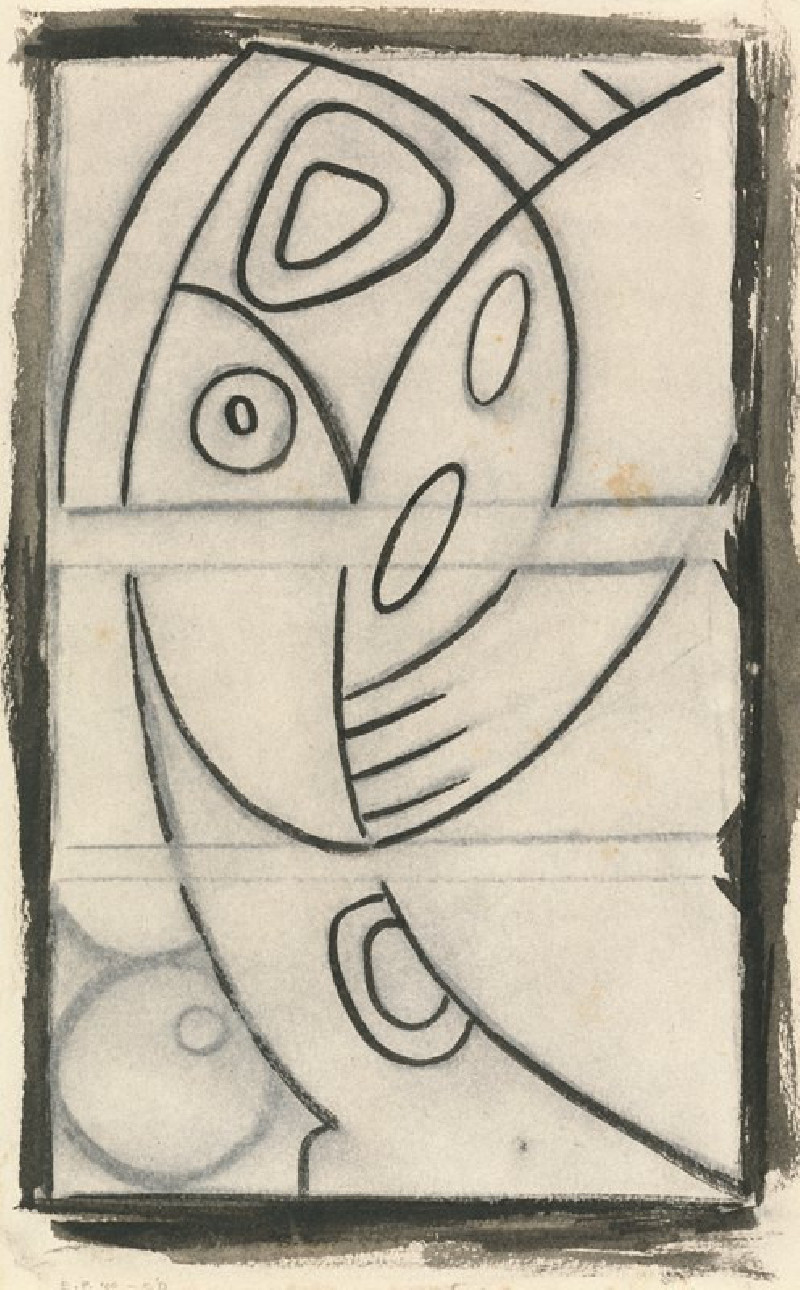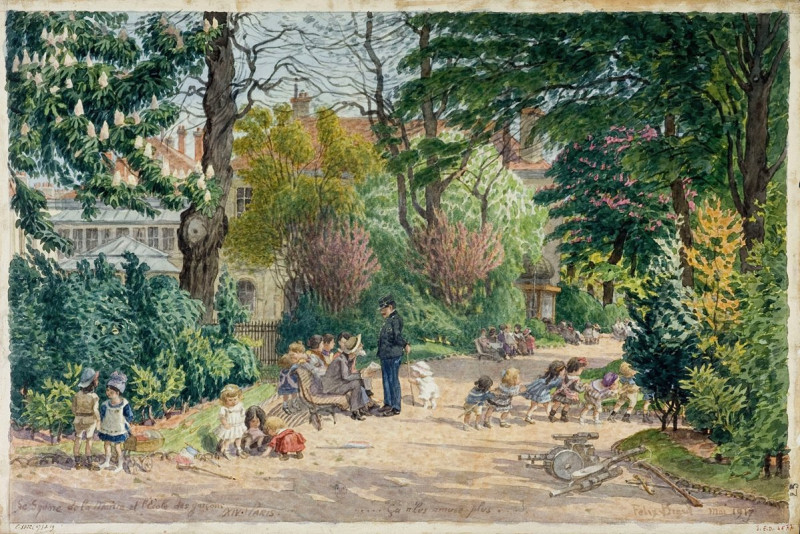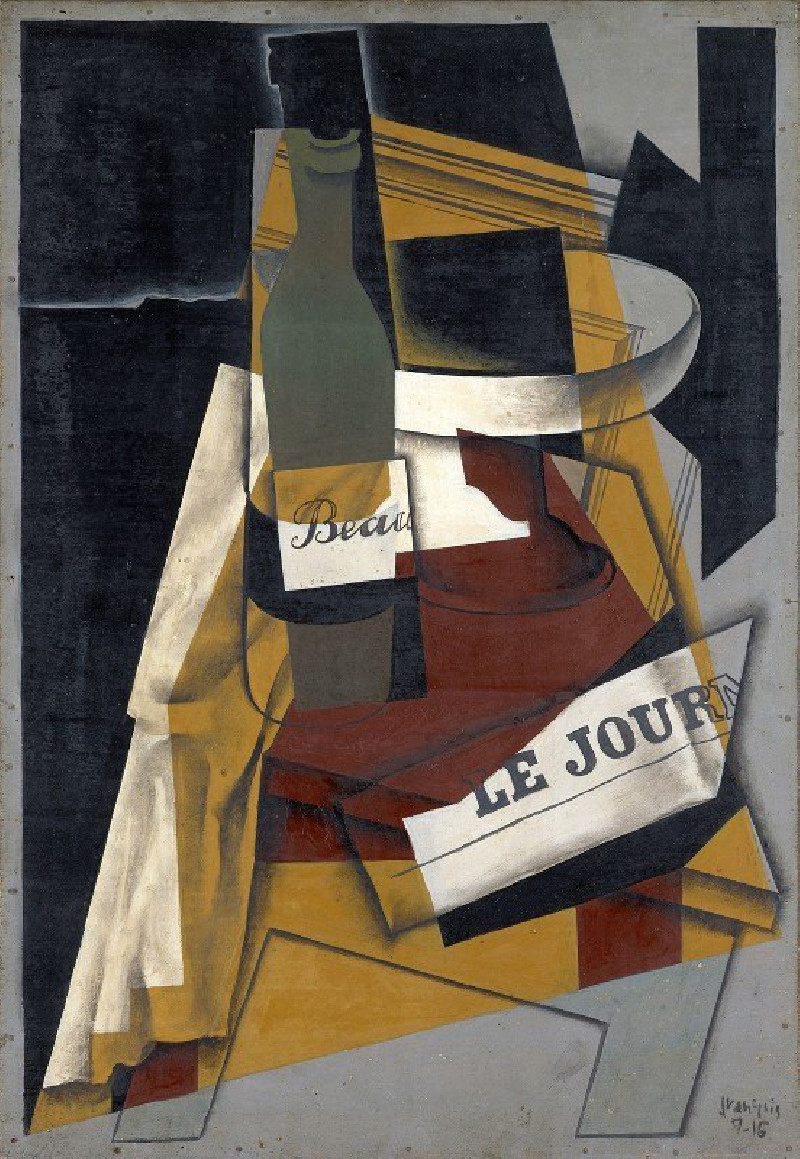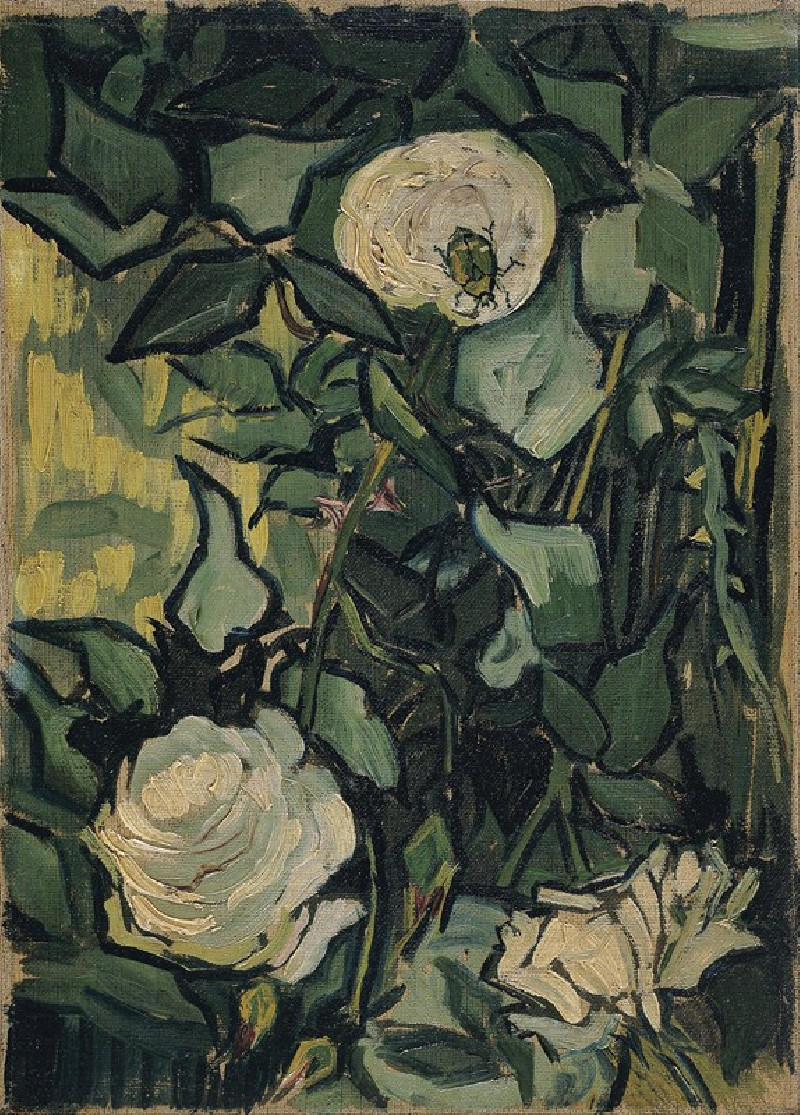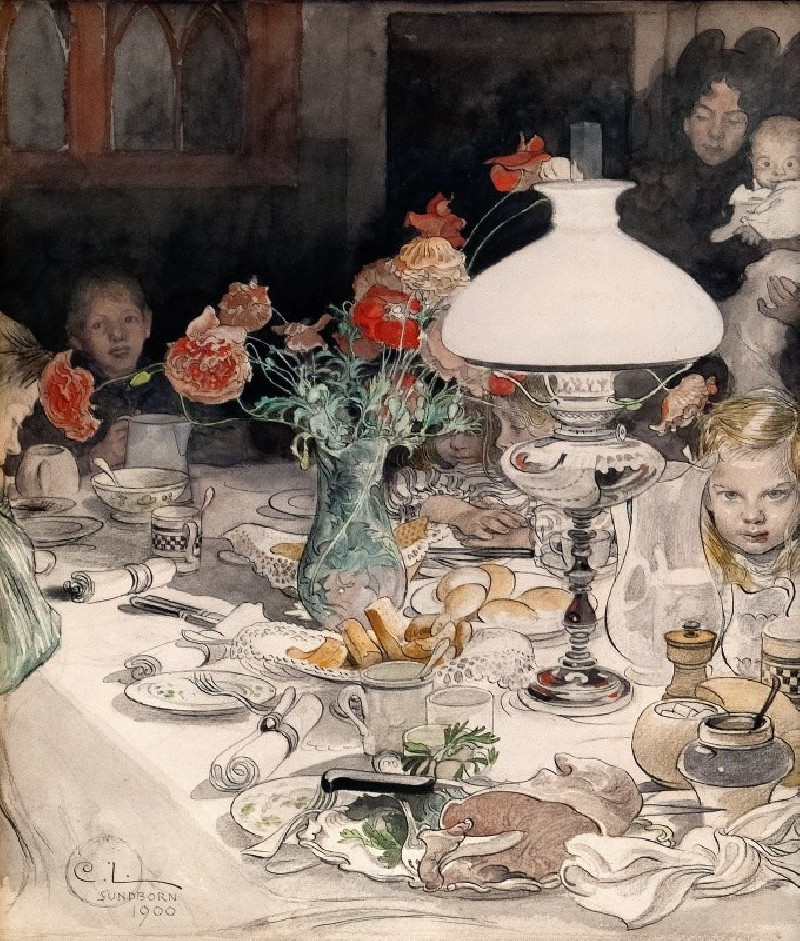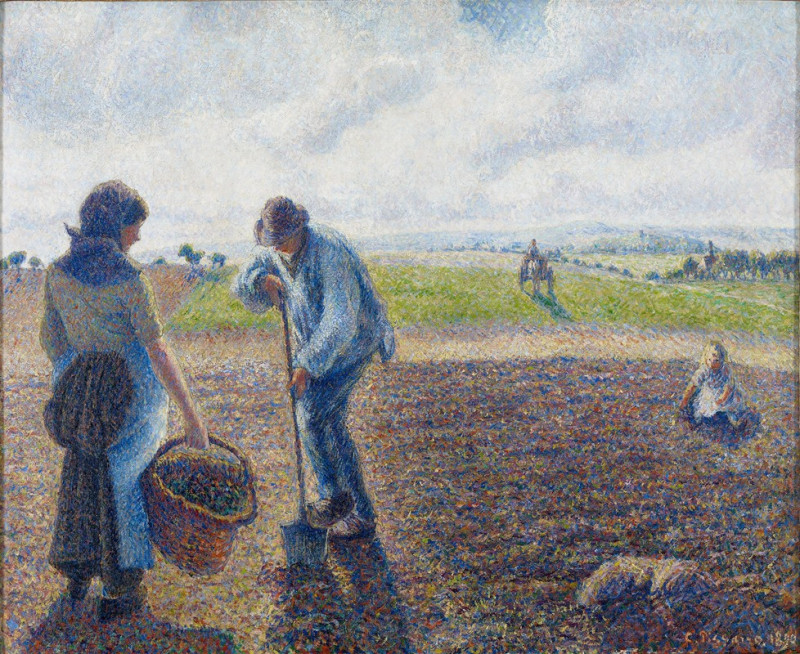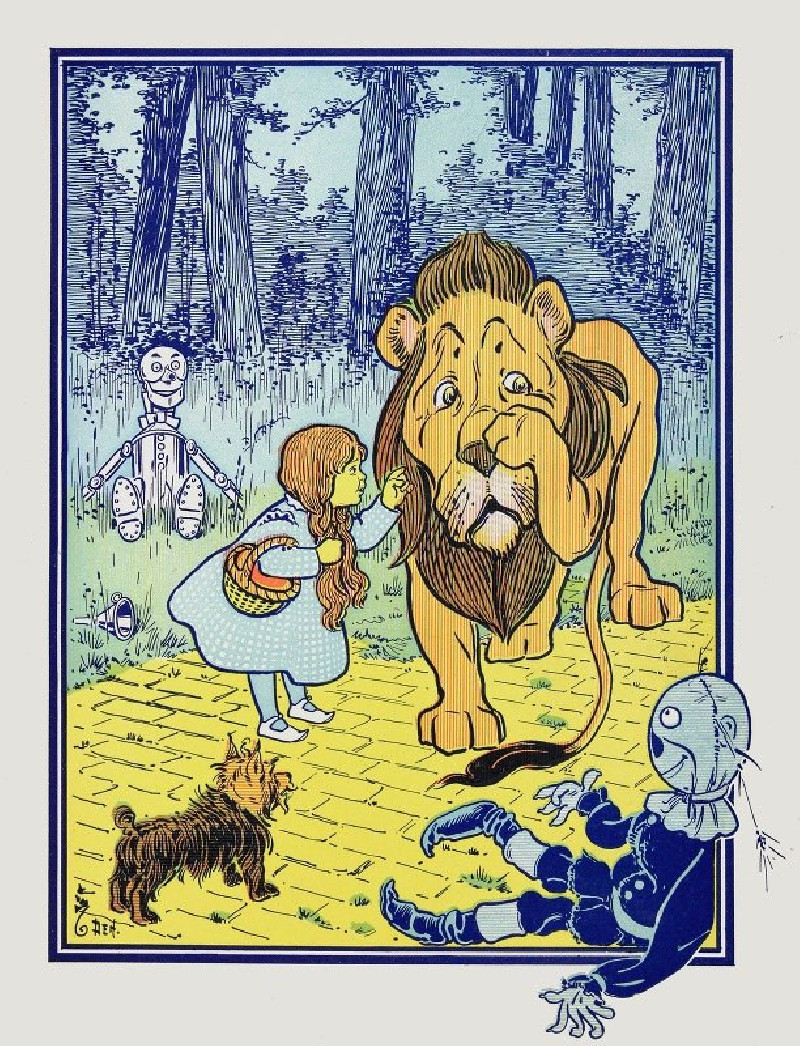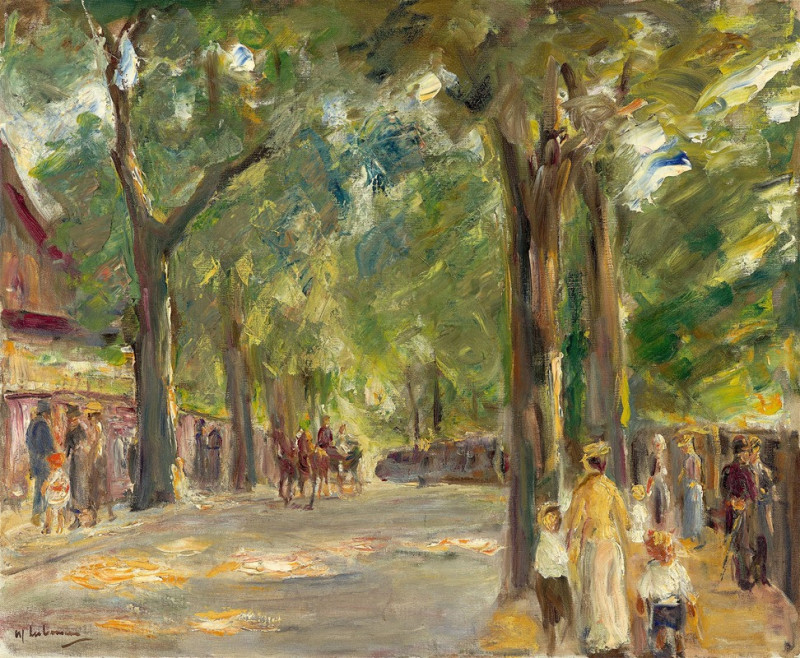Youth Playing a Pipe for a Satyr (1645–50)
Technique: Giclée quality print
Recommended by our customers
More about this artwork
The evocative piece "Youth Playing a Pipe for a Satyr," created between 1645 and 1650 by the skilled hands of Giovanni Benedetto Castiglione, captures a lyrical moment steeped in mythological resonance. Rendered with a remarkable finesse in ink and wash technique, this artwork delves into the pastoral themes that often preoccupied artists of the Baroque period.In this painting, the focus is cast on a youthful figure, absorbed in playing a pipe, which gently bathes the surrounding landscape in its melodious tune. The young musician is surrounded by an attentive audience that includes a reclined satyr, a creature from Roman mythology often associated with Dionysus, the god of wine and revelry. The satyr, characterized by his rustic appearance and partial goat physiognomy, listens intently to the piper’s song, suggesting a scene of enchantment and natural harmony.To the right of the piper, two additional figures lend further depth to the scene. These figures, possibly also satyrs or rustic nymphs, share in the tranquil enjoyment of the music. The lush, detailed backdrop of trees and foliage accentuates the idyllic, timeless quality of the scene, while the dynamic strokes and washes of color produce a sense of movement and vitality, as if the melodies themselves are swirling through the air.Castiglione’s mastery in handling the monochrome medium is evident in the delicate shades and textures that bring an almost tangible life to the figures and their serene woodland environment.
Delivery
Returns
Giovanni Benedetto Castiglione (23 March 1609 – 5 May 1664) was an Italian Baroque painter, printmaker and draftsman, of the Genoese school. He is best known now for his etchings, and as the inventor of the printmaking technique of monotyping. He was known as Il Grechetto in Italy and in France as Le Benédette.
He painted portraits, history paintings and landscapes, but came to specialize in rural scenes with more animals than human figures. Noah's ark and the animals entering the Ark was a favourite subject of his, and he devised a number of other new subjects from the early parts of the Old Testament with the patriarchs and their animals.

